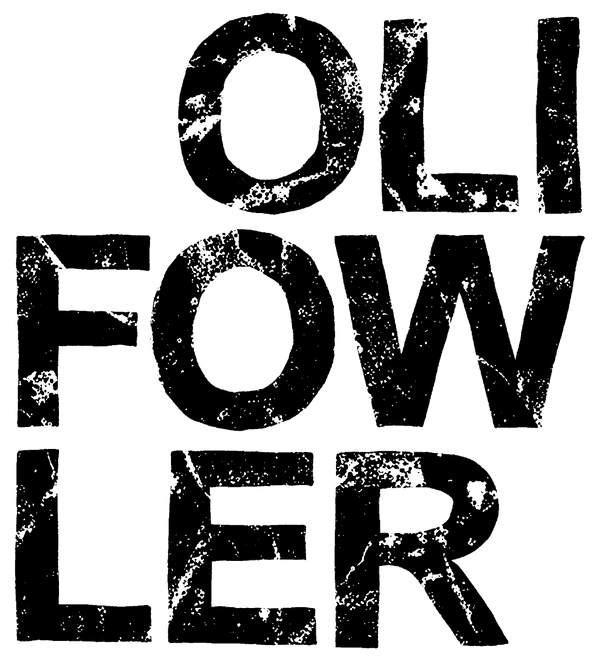
The Ghost in the Machine
First, let's look at what most people think of as a print: a Giclée or digital print. In essence, it’s a very, very good photocopy. An incredibly sophisticated inkjet printer reads a digital file of an artwork and sprays millions of microscopic dots of cyan, magenta, yellow, and black ink (CMYK) onto a piece of paper to build up an image. The result can be sharp and accurate. A perfect reproduction.
But that's all it is. A reproduction. There is no texture. No depth. The colours are an optical illusion created by tiny dots your eye blends together. The machine does the work, translating pixels into dots with clinical precision. There’s no human touch involved in the actual printing, and the final piece is fundamentally disconnected from the artist's hand.
Getting Your Hands Dirty: The Art of the Layer
Now, let’s talk screen printing. This is a different beast entirely. It’s a physical, messy, and wonderfully hands-on process. It starts not with hitting 'Print', but by deconstructing an image.
For every single colour in a design, I have to create a separate screen. I take my artwork and manually separate it into layers. This is a creative act in itself – deciding how the colours will sit, how they might overlap to create new tones, and which one needs to go down first. Each layer is then "burned" onto a fine mesh screen using a light-sensitive emulsion, creating a unique stencil. Already, we're miles away from a digital file.
Then comes the ink. It’s not a watery substance in a cartridge; it's thick, vibrant, and tactile. I mix the colours by eye. When you lay down a layer of colour in a screen print, you are laying down a solid, opaque block of pure pigment. You push it through the screen with a squeegee. It’s a physical act. You feel the resistance of the ink, the pull of the mesh. It takes pressure, consistency, and a bit of muscle.
The Beauty of the 'Flaw'
This is where the magic really happens. Because screen printing is a manual process, no two prints in an edition are ever 100% identical. They can't be. The pressure I apply to the squeegee might vary slightly, depositing a fraction more or less ink. When I line up the next screen for the second or third colour (a process called registration), it might be a hair's breadth out of alignment.
This isn't a mistake. It’s the soul of the print. It's the evidence of a human hand. You can see it. More importantly, you can feel it. Run your finger over a digital print and it’s completely flat. Do the same on a screen print from Oli Fowler Art and you can feel the raised edges of the ink, the subtle texture where one colour slightly overlaps another. The colours aren't made of dots; they're solid, bold, and have a physical presence on the paper. That's what you're paying for: an original piece of art, not just a picture of one.
So when you buy a screen print, you’re not just buying an image to hang on your wall. You're buying the hours of prep, the craft of colour separation, the physical process of pulling the ink, and the tiny, unique imperfections that make it a genuine, handcrafted object. It's a piece with a story embedded in its very fibres.
If you'd like to see and feel the difference for yourself, have a browse through the prints in the shop. Each one has been through this very process.
